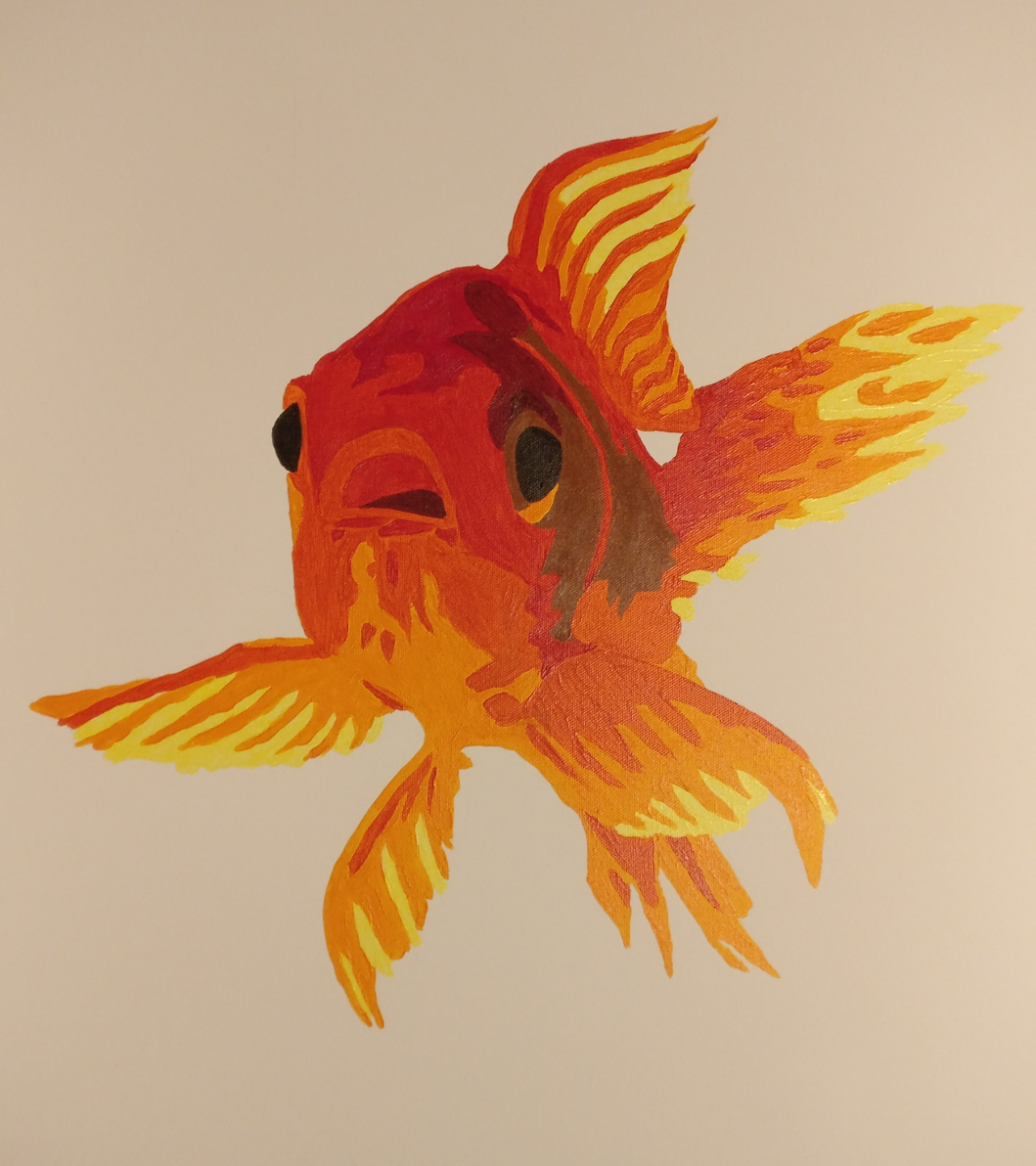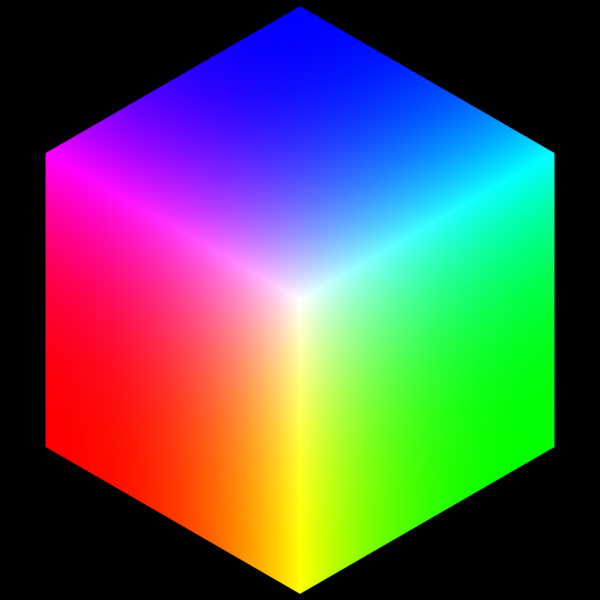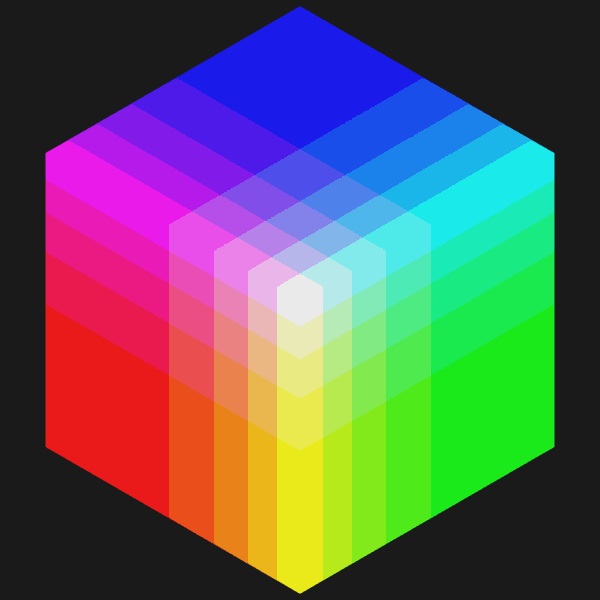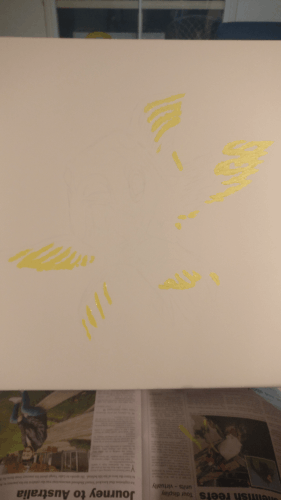July 03, 2020 @ 23:00
Painting when you can't paint: make some software to help you
Have you ever wanted to make a painting and gotten really excited, before realising you don't have painting skills? I actually lost sleep one night due to my excitement about an idea I'd had, or maybe I saw something on the nets and wanted to make one. The next morning, after my first coffee, I realised that I hadn't painted anything as an adult.
I'll even admit I have zero interest in painting as an activity; it was merely the result that I found interesting.
Despite that, here's my attempt. I think is not bad. It doesn't look amateur if you don't get too close to it.

Before I started I had a dilemma, which was twofold:
- I'm alright at sketching things the same size, but I'm rubbish with enlarging or shrinking an image onto another surface
- I have no idea how people can see an image and decide what colour they need to use, and I find this intimidating
Being a software developer (and now a student data scientist), I made some software to help me with my lack of skill. Making the software was still a creative process. This software takes an image and turns it into a kind of paint by numbers template.
The software works by iterating over an image and using each pixel's RGB values to place it in some simplified colour buckets. For example, here's a standard RGB colour cube from wikimedia:

Using the software, we can reduce the picture's colours to 5 on each axis in the RGB cube, like this:

It's useful to think of colours in a 3 dimensional space, since not all possible RGB colours would appear on this cube's surface. A colour with an RBG value of 128,128,128 (standard gray) would be roughly in the centre of this cube.
I found an image I liked, which was here. The software reduced this particular goldfish image to a handful of colours by specifying 5 colour categories for each axis, as in the cube example above. 5^3 is 125 colours, but the picture I chose had a pretty limited colour palette. With a more complex picture, with a more varied colour palette, deriving a useful picture would be harder.
I drew a grid onto the printed picture, and then reproduced the grid onto a canvas. To do this I taped down bits of thread, sketched the borders of colour areas, then removed the thread and tape. The grid helped me overcome my inability to sketch things larger or smaller.

I did the painting in stages, starting with the lightest colours first. I have no reason for starting with the lightest colours.

If I could do this again, I'd use oil paints since the acrylic paint I used didn't really give the homogeneous regions of colour that I was going for.
This has been a fun project for me and has resulted in an OK painting, which is good, considering I haven't tried to paint any artworks since school. I still don't think I enjoy painting though; I just like the result.